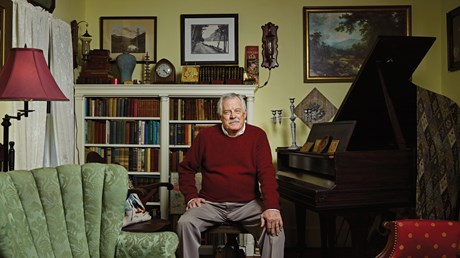One summer in a hippie commune soured me on the ’60s counterculture. God met me in my disillusionment.

The year 1968 was a momentous one for me. All around the country, revolution was in the air. I was a freshman architectural student in Boston, with nothing to prevent me from being radicalized.
I grew up in a liberal Congregational church, which my sister and I attended with my mother. During my junior year of high school, my mother—at the behest of my uncle, a Gideons member—came to genuine faith at a Baptist church where the gospel was preached. (My father, a lapsed Catholic, and grandmother would eventually meet Jesus there as well.)
As for me, I remained uninterested in Christianity. And by the time I went off to architectural school, I was falling in with the ’60s counterculture. Educated by my liberal church and public school to believe I could be a good person without embracing the supernatural claims of the Bible, I soon affirmed the moral and spiritual relativism that reflected the counterculture’s blend of Eastern religiosity and American optimism. I believed all religions were heading for the same glorious summit.
I joined the Boston Resistance, a student group promoting nonviolent opposition to the draft and the Vietnam War. I was present during a massive antiwar rally at the Boston Public Garden, where the counterculture icon Abbie Hoffman referred to the John Hancock building as a “hypodermic needle in the sky.” We felt certain our movement was every bit as important as the American Revolution. We were a vanguard poised to change the course of Western civilization.
Shattered illusions
In 1970, I left school to join a commune in Oregon. Nearly every hippie dreamed of taking a pilgrimage to the West Coast. Plus, the mountains of the Pacific Northwest appealed to my outdoorsman side. ...
from Christianity Today Magazine
via


.gif)

.gif)
.gif)
